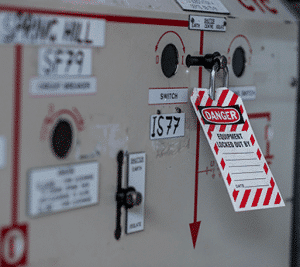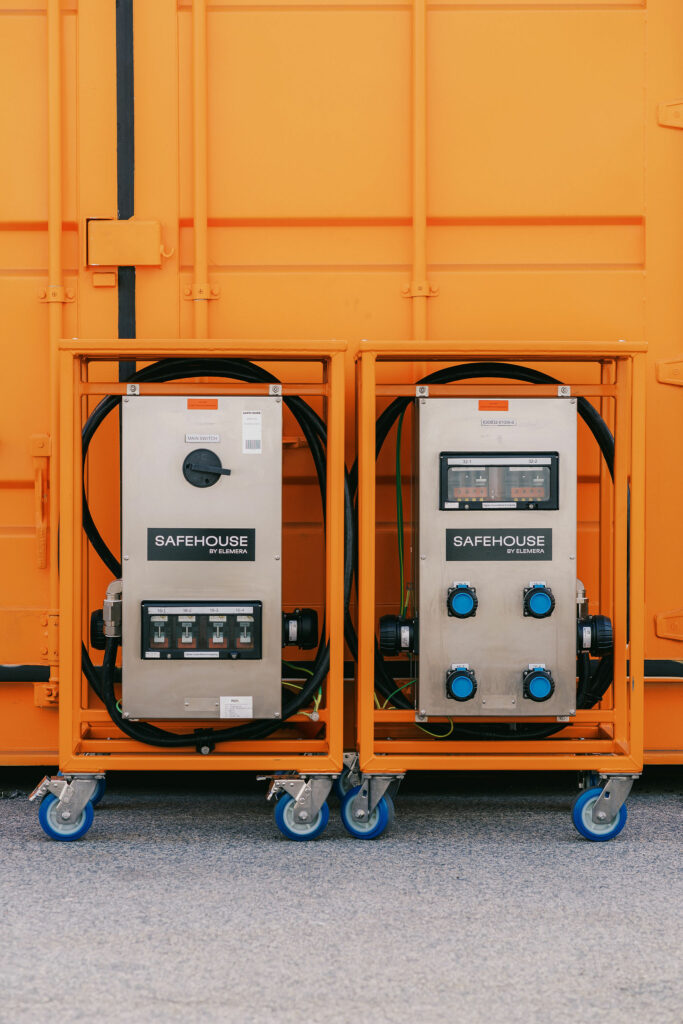The Ultimate Guide To Roar Solutions
The Ultimate Guide To Roar Solutions
Blog Article
Roar Solutions for Dummies
Table of ContentsRoar Solutions - An OverviewRoar Solutions - QuestionsIndicators on Roar Solutions You Should Know
In order to shield installments from a possible surge an approach of evaluating and classifying a possibly hazardous location is required. The objective of this is to make sure the appropriate option and setup of equipment to eventually avoid a surge and to guarantee safety of life.
(https://sandbox.zenodo.org/records/174151)
No devices needs to be installed where the surface temperature of the tools is higher than the ignition temperature level of the provided hazard. Below are some usual dirt harmful and their minimal ignition temperature. Coal Dust 380C 225C Polythene 420C (melts) Methyl Cellulose 420C 320C Starch 460C 435C Flour 490C 340C Sugar 490C 460C Grain Dirt 510C 300C Phenolic Resin 530C > 450C Aluminium 590C > 450C PVC 700C > 450C Residue 810C 570C The probability of the danger being present in a concentration high adequate to cause an ignition will vary from area to area.
Dangerous location electric tools perhaps developed for usage in greater ambient temperatures. Field Fixing By Authorised Personnel: Challenging testing may not be called for however details treatments might need to be adhered to in order for the devices to keep its third event rating. Each piece of devices with a dangerous ranking need to be evaluated independently.
Roar Solutions for Beginners
The devices register is a comprehensive data source of tools documents that consists of a minimum set of areas to determine each product's area, technical criteria, Ex-spouse category, age, and ecological data. The ratio of Comprehensive to Close examinations will certainly be identified by the Equipment Threat, which is examined based on ignition danger (the possibility of a source of ignition versus the chance of a combustible ambience )and the harmful location classification
( Zone 0, 1, or 2). Applying a robust Risk-Based Examination( RBI )method is vital for ensuring conformity and security in managing Electrical Equipment in Hazardous Areas( EEHA).
6 Easy Facts About Roar Solutions Explained

In regards to explosive threat, a hazardous location is an atmosphere in which an explosive environment is present (or may be expected to be existing) in quantities that call for special precautions for the building and construction, setup and use equipment. electrical refresher course. In this write-up we check out the challenges encountered in the office, the danger control measures, and the needed competencies to function securely
It is a repercussion of modern-day life that we produce, store or manage a variety of gases or liquids that are regarded flammable, and a series of dirts that are deemed combustible. These compounds can, in certain conditions, create explosive atmospheres and these can have significant and awful effects. The majority of us know with the fire triangular remove any among the 3 elements and the fire can not happen, however what does this mean in the context of dangerous areas? When breaking this down right into its most basic terms it is basically: a combination of a particular amount of launch or leakage of a certain compound or product, blending with ambient oxygen, and the presence of a source of ignition.
In a lot of circumstances, we can do little browse around here regarding the degrees of oxygen airborne, yet we can have substantial impact on sources of ignition, for instance electrical equipment. Dangerous locations are documented on the hazardous area classification illustration and are identified on-site by the triangular "EX-SPOUSE" sign. Right here, among other essential details, areas are divided right into 3 kinds depending on the threat, the likelihood and period that an eruptive atmosphere will exist; Zone 0 or 20 is regarded the most hazardous and Area 2 or 22 is deemed the least.
Report this page